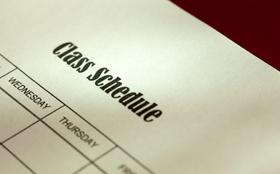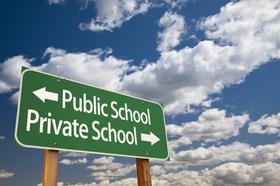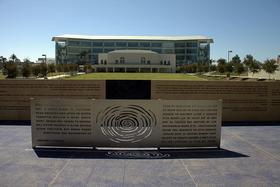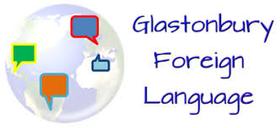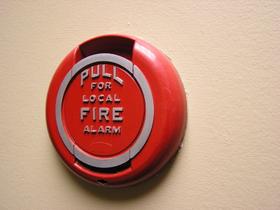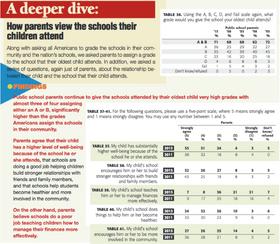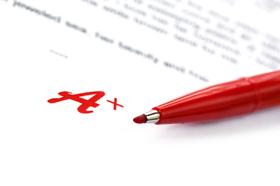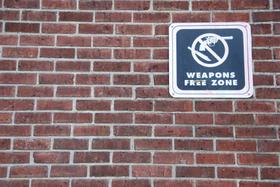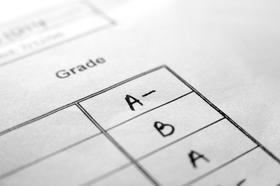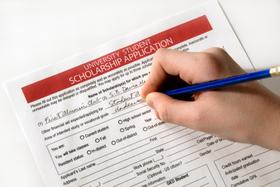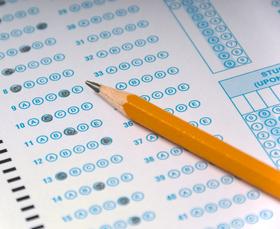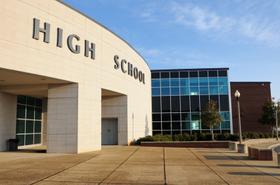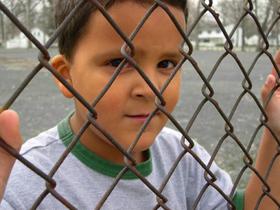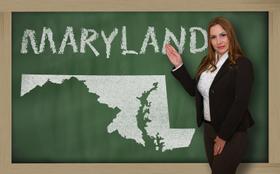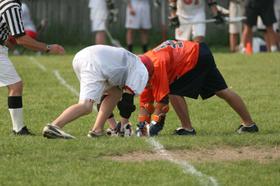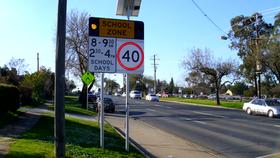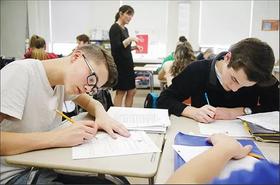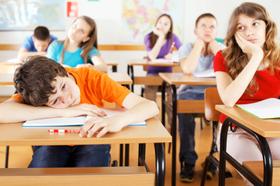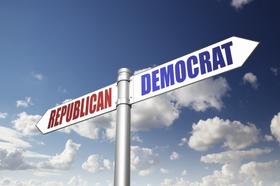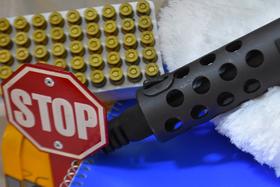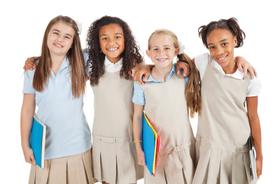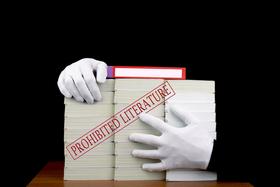The numbers are in that indicate how well the education system in the United States is serving its students. Education Week has released its 17th annual ratings for the quality of education in each of the 50 states, awarding letter grades to schools similar to those found on student report cards. Unfortunately, the report card indicated there is still plenty of work to do for most states across the country, with an average national grade of a C+ overall. However, there were a number of bright spots across the survey as well, particularly in the top rated states where education appears to be thriving in many ways.
“Quality Counts”
The survey, titled, “Quality Counts,” uses six key metrics to grade the quality of education in each of the 50 states and the District of Columbia. The metrics are as follows:
- K-12 Achievement
- Assessment and Accountability
- Transitions and Alignment
- Standards
- Students’ Chances for Long-Term Success
- The Teaching Profession
Within these six metrics are more than 100 indicators that include such factors as graduation rates, education funding and achievement gaps, according to a report on the survey at the Washington Post. Data was collected from sources like the U.S. Department of Education and the Census Bureau to compile these recent rankings.
Interesting Note on Findings
When discussions on education quality arise, many of them tend to center on school funding. The general school of thought is that the more money that is pumped into public schools, the higher the education quality will be. However, the numbers in this survey suggest this is not always the case.
The survey found that while some states with the most funding received high marks, others did not. At the same time, states with the lowest amount of funding did tend to receive lower marks overall, but some of those states, such as Texas, actually made it to the top of the rankings. While funding does appear to play a role in the quality of education, it is not the make-or-break factor that some believe. Along with a minimum threshold of per-student funding, it appears schools must be committed to other areas of raising the education bar if the level of education is to achieve a certain level for students.
Another metric used in this survey appeared to be more consistent throughout the states with the highest level of education quality. Those that fared well on transitions and alignment seemed to receive high marks overall, while those that did not make high grades tended to score low in this particular area as well. Transitions and alignment refers to the ability of schools in the state to prepare students for the next step in the academic process. For example, how well students moved from pre-K to kindergarten, from middle school to high school and from high school to college or the professional world. This relatively new metric appears to be a key component in the success of a state’s public education system.
And the Winners Are…
The top five states for education this year, according to the Education Week survey, include:
- Maryland – scored 87.5 (B+)
- Massachusetts – scored 84.1 (B)
- New York – scored 83.1 (B)
- Virginia – scored 82.9 (B)
- Arkansas – scored 81.7 (B-)
As the top-rated state, Maryland came in 16th for per-student funding, with $12,953 spent on each student. The state also came in 13th for graduation rates, with 77.9 percent of their students graduating on time from the state’s high schools. Massachusetts and New York both had higher graduation rates, at 79.1 percent and 78.4 percent, respectively. Virginia and Arkansas each spent much less per-student than Maryland, at $9,786 and $11,275, respectively.
Maryland scored a number of “A’s” in this year’s survey, in areas like early foundations and adult outcomes. The state also fared very well in standards, school accountability, transitions and alignment, early childhood education and college and workforce readiness.
“Every year, there’s a challenge to sustain the big investment we’ve made in education,” Maryland Governor Martin O’Malley told the Washington Post. “But when you see the results, and the greater number of kids graduating and taking AP courses and entering kindergarten ready to learn, those accomplishments make it a little easier to justify and defend the investment.”
Massachusetts also earned a number of “A’s” in various areas, including early foundations, chance for success and adult outcomes. The state performed well in school accountability and workforce readiness as well. However, the transitions and alignment grade for Massachusetts was a “C,” early childhood education was a “C-,” and college readiness received a barely passing grade of “D-.” It appears clear where this state needs to focus efforts in the future to raise their top grade even higher.
Bottom of the Survey
The five states at the bottom of this year’s Education Week survey include:
- South Dakota – scored 69.3 (D+)
- Nevada – scored 69.7 (C-)
- Idaho – scored 70.9 (C-)
- Mississippi – scored 71.0 (C-)
- Alaska – scored 71.0 (C-)
Most of these states were also ranked low in terms of graduation rates and per-pupil expenditures. Nevada had the lowest graduation rate in the country, with just 59.2 percent of students earning their high school diplomas on time. Exceptions included South Dakota, which was the 21st highest in terms of per-pupil expenditures at $11,859, and Alaska, with the third highest per-pupil expenditure at $16,675.
The recent survey found that states are improving their quality of education overall, although improvements appear to somewhat slower than educators and lawmakers would like. The complete list of states, their rankings, scores and breakdowns of grades can be found through Education Week.
Questions? Contact us on Facebook @publicschoolreview.





